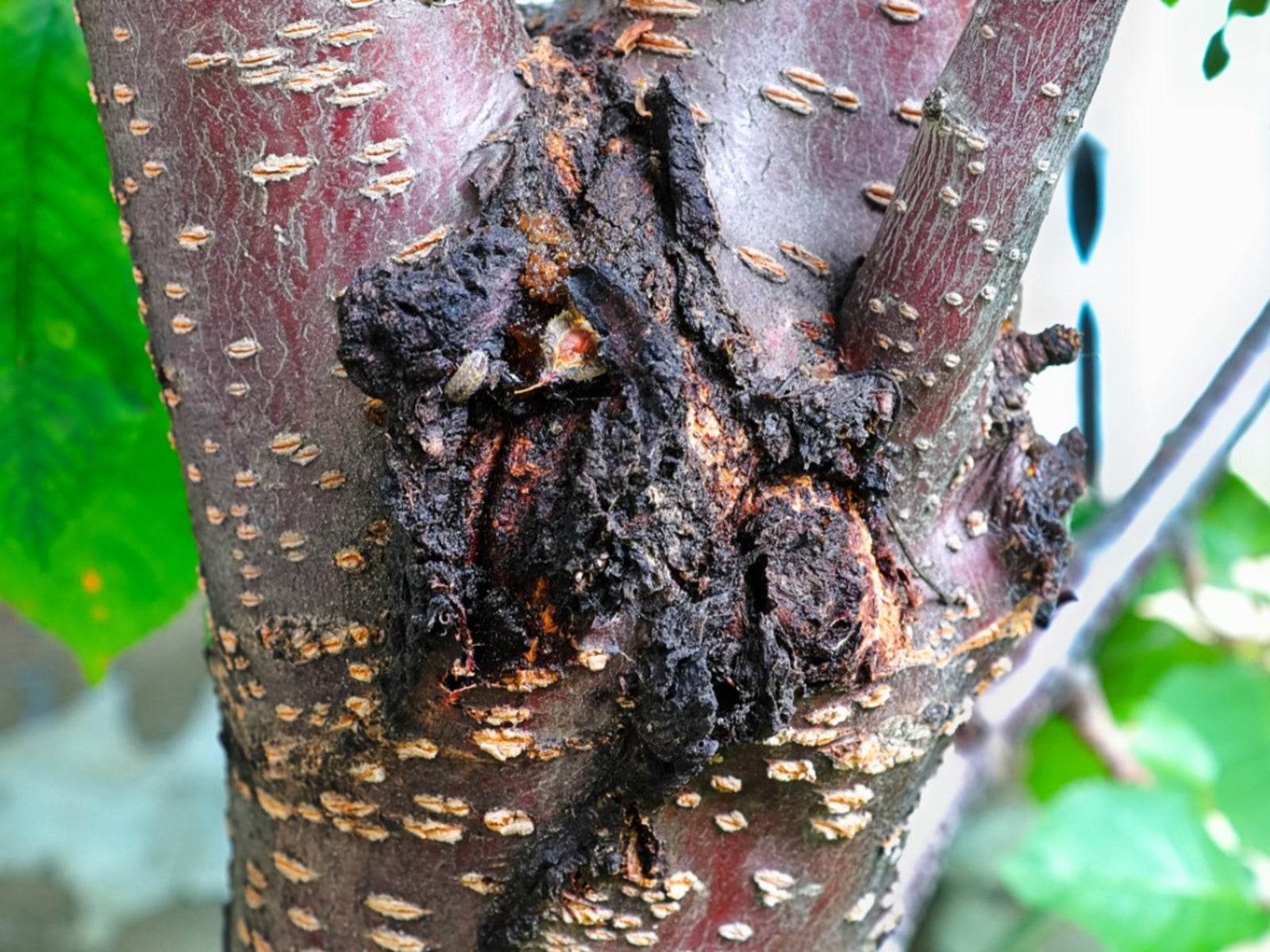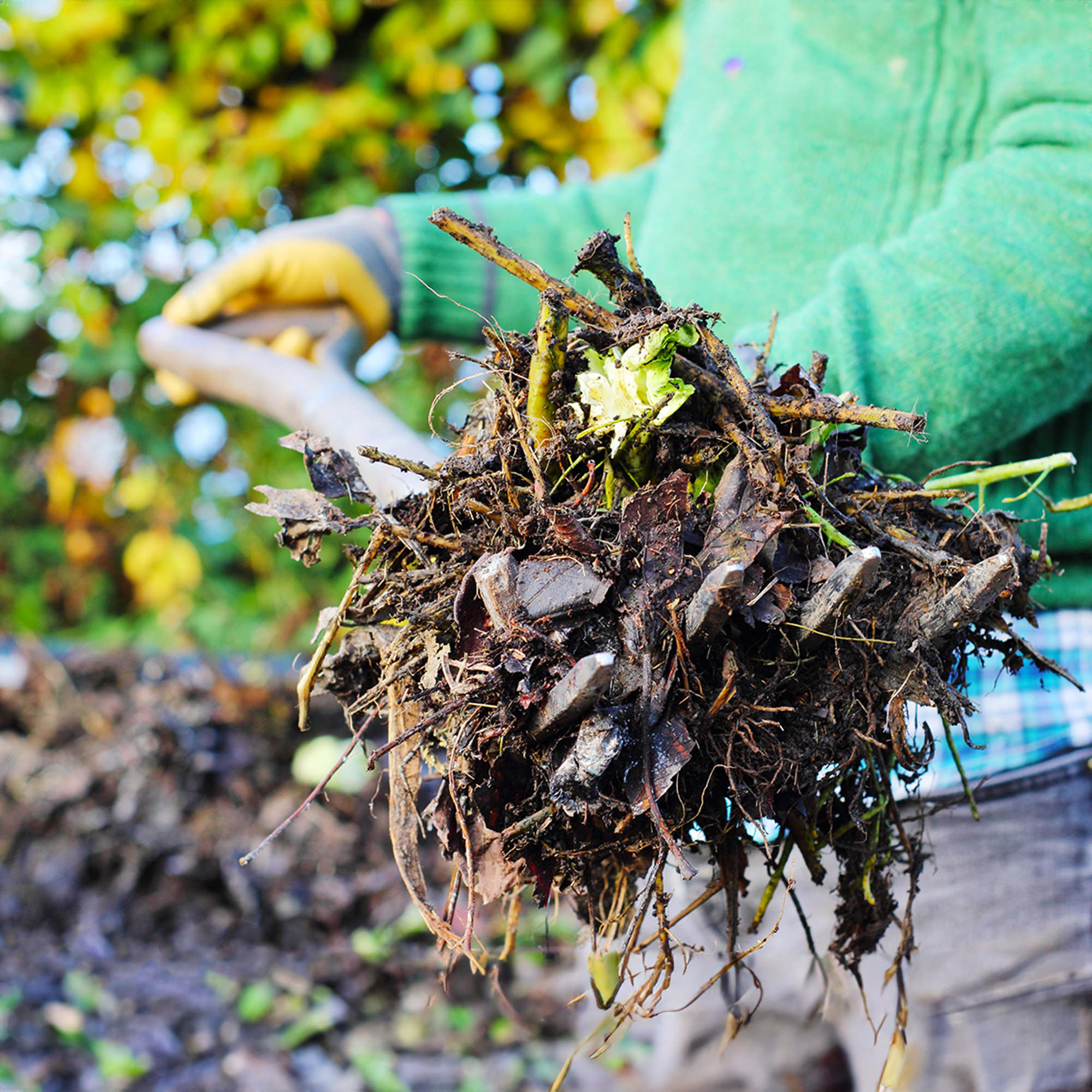Bacterial Canker Control – Treating Apricots With Bacterial Canker Disease


Apricot bacterial canker disease is a disease that attacks apricot trees, as well as other stone fruit. The bacteria often enter the tree through pruning wounds. Anyone growing fruit in a home orchard should learn something about apricots with bacterial canker. If you’d like information on treating apricot bacterial canker, read on.
Apricot Bacterial Canker Disease
Apricots with bacterial canker are hardly rare, and the apricot bacterial canker disease is widespread in most places. This is a disease that often enters apricot trees and other stone fruit trees through wounds, often gardener-inflicted pruning wounds. You’ll know that your tree has apricot bacterial canker disease if you see necrosis girdling a branch or trunk. Keep your eye out for branch dieback and cankers in spring. You’ll sometimes also notice leaf spot and blast of young growth and orange or red flecks under the bark just outside canker margins. The bacterium causing the disease is a fairly weak pathogen (Pseudomonas syringae). It is so weak that trees are only susceptible to serious damage when they in a weakened condition or else dormant. They can be damaged from leaf drop through leaf budding.
Bacterial Canker Control
The key to bacterial canker control is prevention; and preventing bacterial canker on apricots isn’t as difficult as you might think. Prevention is the best way of treating apricot bacterial canker. Apricots with bacterial canker are usually trees in one of two situations: trees in orchards where ring nematodes flourish and trees planted in areas that get spring frosts. Your best bet at preventing bacterial canker on apricots is to keep your trees in vigorous health and to control ring nematodes. Use any cultural practice that is likely to keep your tree healthy, like offering sufficient irrigation and feeding with nitrogen. Nematodes stress apricot trees, making them weaker. Control nematodes by using pre-plant fumigation for ring nematodes. When you think about treating apricot bacterial canker, think prevention. It’s not that hard to take an important step toward preventing bacterial canker on apricots. One proven method of bacterial canker control is to avoid winter pruning. The entire disease begins in winter, when the trees are susceptible to the bacteria. If you prune the apricot trees in spring, instead, you can largely avoid the issue. Evidence suggests that pruning during the dormant season makes apricot trees vulnerable to this disease. Instead, prune after the trees start active growth in spring.
Gardening tips, videos, info and more delivered right to your inbox!
Sign up for the Gardening Know How newsletter today and receive a free copy of our e-book "How to Grow Delicious Tomatoes".

Teo Spengler is a master gardener and a docent at the San Francisco Botanical Garden, where she hosts public tours. She has studied horticulture and written about nature, trees, plants, and gardening for more than two decades. Her extended family includes some 30 houseplants and hundreds of outdoor plants, including 250 trees, which are her main passion. Spengler currently splits her life between San Francisco and the French Basque Country, though she was raised in Alaska, giving her experience of gardening in a range of climates.
-
 Grow ‘Karl Rosenfield’ Peony Plants For The Ultimate Frilly Border Beauties And Cut Flowers
Grow ‘Karl Rosenfield’ Peony Plants For The Ultimate Frilly Border Beauties And Cut FlowersFor frilly double magenta peony petals infused with a heady fragrance, grow ‘Karl Rosenfield’ peony plants. Here’s how to cultivate the ultimate plushy blooms
By Tonya Barnett
-
 10 Common Composting Problems That Can Spoil Your Garden Gold – Plus Easy Fixes
10 Common Composting Problems That Can Spoil Your Garden Gold – Plus Easy FixesLearn how to troubleshoot common composting issues before they ruin your stash – from bad smells and bugs to materials not breaking down as they should.
By Susan Albert